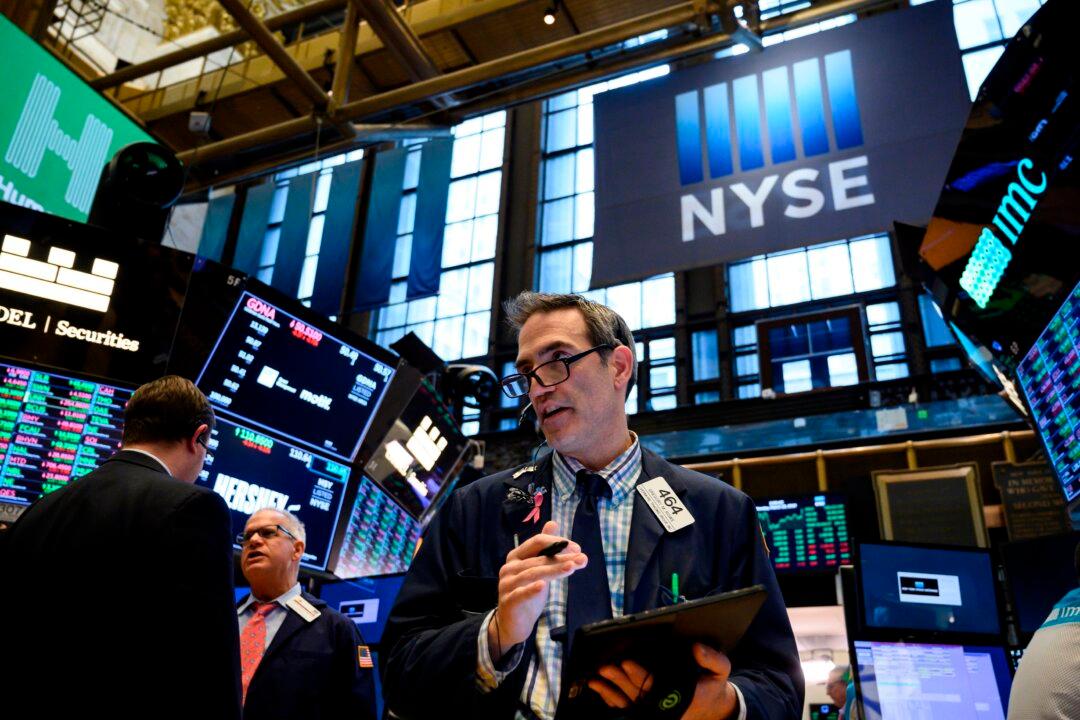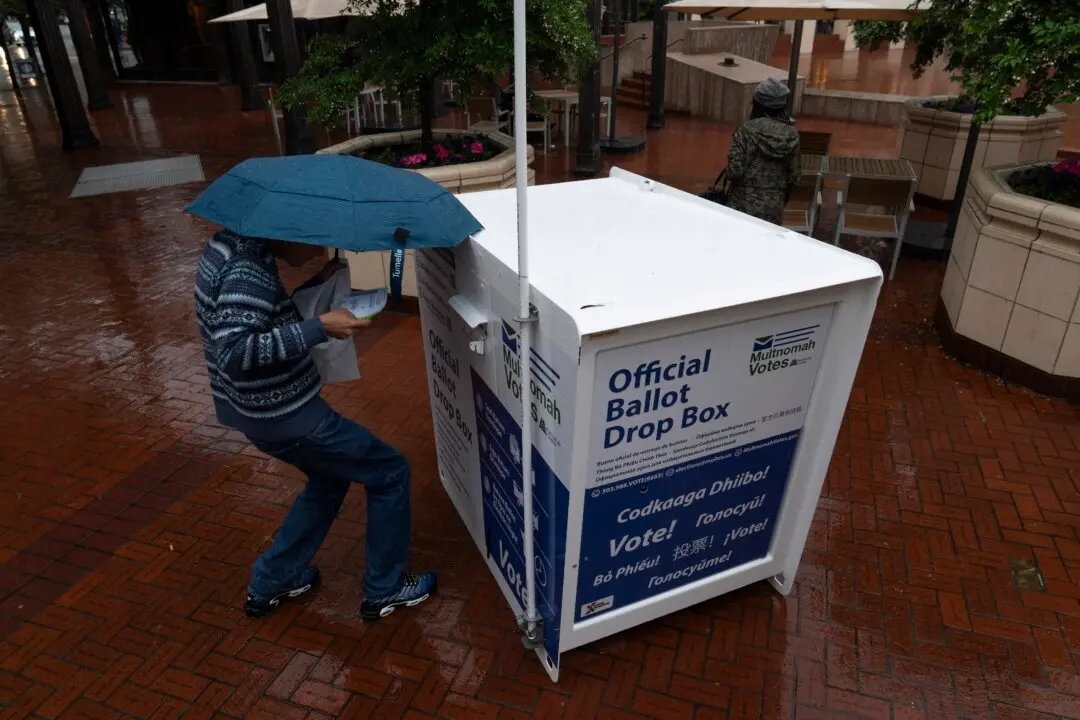Yields on the benchmark 10-year U.S. Treasury note rebounded Wednesday after being driven down to a record low the day before amid a huge two-day Wall Street selloff sparked by growing coronavirus fears.
As of 10:50 EST Wednesday, the 10-year Treasury note yield rose to 1.354 percent, after hitting an intraday record of 1.31 percent the day before. The 2-year note yield edged up to 1.196 percent, while the 30-year bond yield climbed to 1.83 percent.





